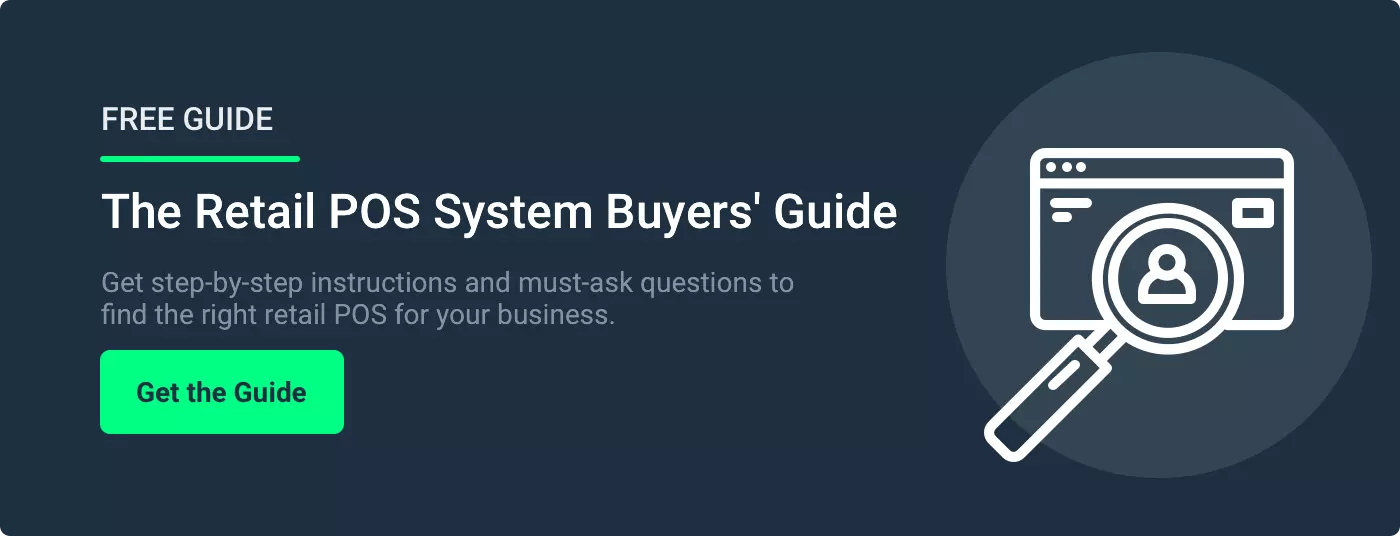You’re doing a manual review of your store’s inventory. Your records show 100 units of one of your bestsellers, but your eyes only see 90.
If you’ve faced this challenge, you’re not alone. These discrepancies are common — a struggle many retail business owners face.
The answer? A comprehensive inventory reconciliation report. By understanding the variance between your actual and recorded inventory, your business can boost operational efficiency, lay the groundwork for accurate financial reports, and remove those pesky “my numbers don’t match the shelves” headaches.
In this post, we’ll introduce you to inventory reconciliation reports and explain why businesses should prepare them at regular intervals. You’ll also learn about five essential things to include in your inventory reconciliation report.
What Is an Inventory Reconciliation Report
An inventory reconciliation report is a document used by businesses to reconcile the actual physical count of inventory with the recorded inventory levels in their systems. This report helps you identify any discrepancies between what is physically present in stock and what is documented in the records.
The report is vital in ensuring your inventory is spot-on and that your financial reports are on point. It also unearths opportunities for operational efficiency and helps you detect issues such as stockouts, overstocking, and inventory shrinkage more quickly.
Most businesses prepare inventory reconciliation reports monthly or quarterly to keep things in check. However, if you're dealing with high-value or fast-moving items, you might consider more frequent weekly or daily checks. Managing your inventory reconciliation processes is all about finding the right balance that works best for your business.
5 Essential Things That Should Be on Your Inventory Reconciliation Report
Example of an Inventory Reconciliation Report on POS Nation
Now that you know why it’s important to prepare an inventory reconciliation report, here are five essential things to include in them:
1. List of Inventory Items in Your Records
When you're putting together your inventory reconciliation report, list all the items you're checking based on what's in your records. When you create your list, give a rundown of each item, including how many units you have, what they're worth, and any changes you've noticed. Don’t forget to jot down any extra notes or comments if you spot something unusual.
Additionally, specify the retail inventory method used to value inventory items for transparency and accuracy. Common methods include FIFO (first in, first out), LIFO (last in, first out), or weighted average. The method that works best for you will depend on your business' accounting practices and industry standards.
Related Read: 4 Inventory Management Tips To Streamline Grocery Store Operations
2. Date and Time Stamp
Next, you’ll need to date and time stamp your records. Include details about the timeframe and timing of your inventory assessment. Begin by specifying the specific period that your report covers, ensuring your readers understand the duration of the inventory assessment.
Also, be sure to include the precise date and time when the reconciliation was conducted. This level of detail makes it easy for stakeholders to reference the report and understand its context and timing. By being transparent, you enhance the clarity and credibility of your inventory assessment.
3. Physical Inventory Count and Location
During the documentation process, record the total quantity counted for each item alongside the recorded quantity and mark any differences you spot. Keep an eye out for any mismatches between what you physically counted and what's in your records. Remember, these variances can swing both ways — revealing either more or less products than expected.
Also, include the present location of your inventory items. By noting the specific location of each item, whether in a warehouse aisle, on a store shelf, or in transit, you can gain valuable insights into your inventory's physical distribution and organization.
This not only makes your reconciliation process more accurate but also aids in optimizing inventory workflows.
Related Read: 5 Tips for Using Retail Analytics To Boost Your Profits
4. Findings and Recommendations
Next, summarize the report's key findings to highlight discrepancies uncovered during the reconciliation process, as well as the reasons behind these discrepancies. Here’s an example:
- Discrepancy: 50 fewer laptops than recorded due to a warehouse error and 20 additional tablets due to a data entry mistake
- Recommendation: Implement barcode scanning and staff training to prevent future errors
You should also mention any trends or patterns observed in inventory management that may require further investigation or corrective action. This could involve recurring discrepancies in specific product categories or irregularities in stock replenishment processes.
You can proactively address underlying issues and optimize inventory management practices by identifying these trends and patterns. This practice will help you create more accurate inventory reconciliation reports moving forward.
5. Signatures and Supporting Documents
Finally, when wrapping up your inventory reconciliation report, don't forget to include the signatures of everyone who carried out the reconciliation and gave the report the green light.
You will also want to note the date each signature was provided. This practice keeps your records up to date and shows that the report got the stamp of approval within a specific timeframe. If you used any extra documents to help reconcile the inventory, be sure to include those too.
Having all these signatures and supporting docs in place adds an extra layer of assurance and accountability to your inventory management process.
Inventory Reconciliation Reports: The Easy Way
We've covered the fundamental components of an inventory reconciliation report, but it's important to remember that every business is unique, and you should tailor the report format to your specific preferences and needs.
The right point of sale (POS) software can revolutionize your inventory management practices. A comprehensive solution, like POS Nation, helps make the cumbersome task of inventory reconciliation a breeze. Our all-in-one point of sale solution helps you automate your reconciliation processes and boost operational efficiency.
Check out POS Nation and witness firsthand how it can save you valuable time and resources while seamlessly managing your inventory. Schedule a demo today to level up your retail operations.









 by Cort Ouzts
by Cort Ouzts
